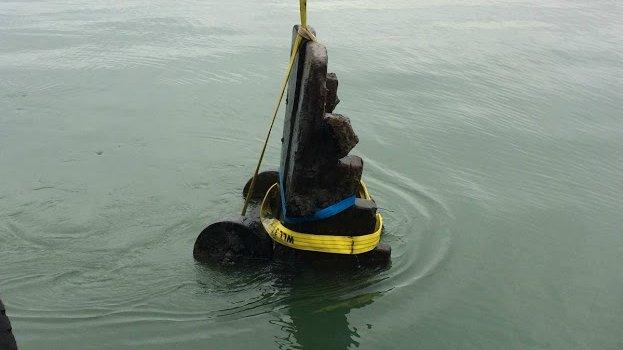Coronavirus and Brexit hit bid to save The London shipwreck
- Published
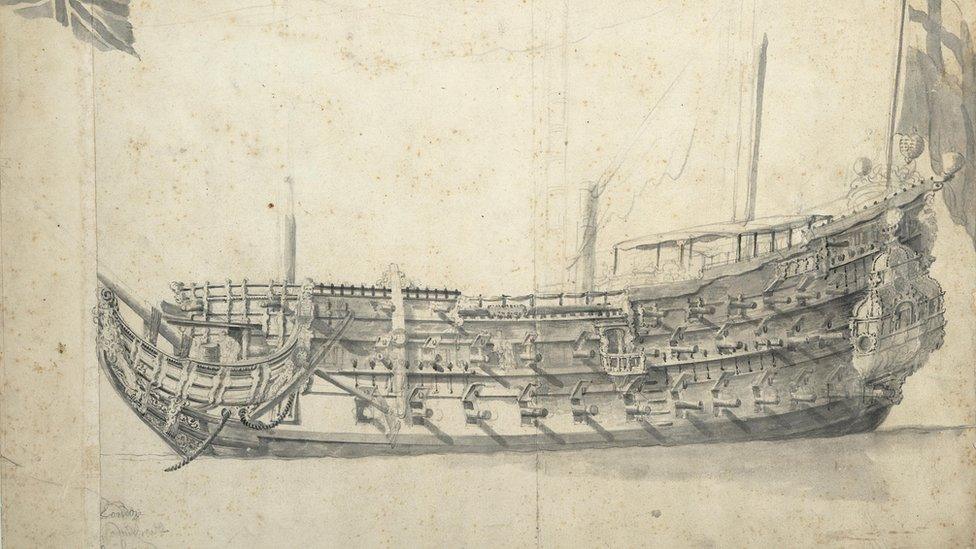
A drawing of the London by Willem van de Velde made about five years before it sank
Hopes of raising £200,000 to preserve a 17th Century shipwreck have been scuppered so far by a combination of "Brexit and the coronavirus lockdown".
The 'Save The London Campaign' was set up in July to help save the battleship, which is disintegrating on the bed of the Thames Estuary, in Essex.
Archaeologist Mark Beattie-Edwards said corporate sponsors wanted "Brexit to be completed" before committing funds.
Lockdown then prevented site access when the diving season began in March.
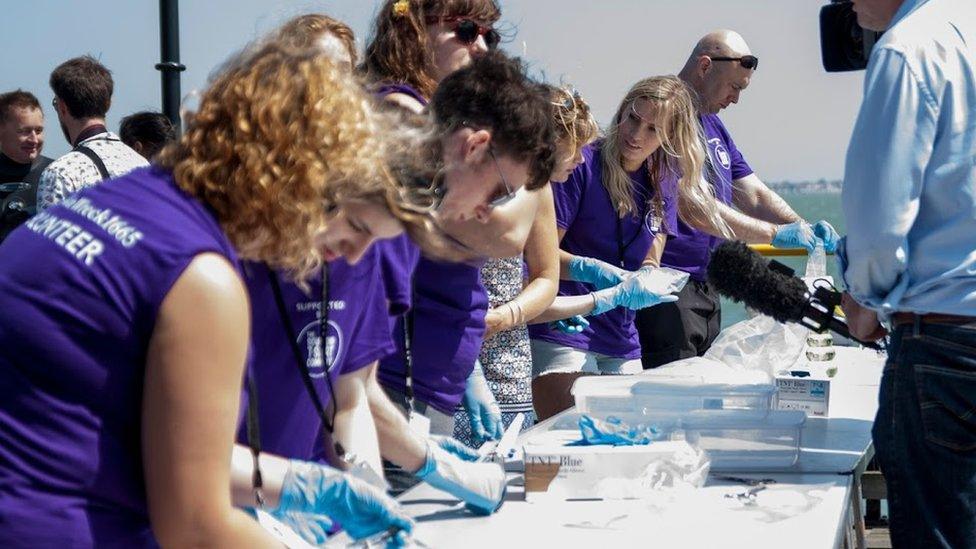
Volunteers have helped sift through debris recovered from the shipwreck
Mr Beattie-Edwards, chief executive of the Nautical Archaeology Society, said: "Time is running out, but the impact of the sea bed doesn't stop and it is eroding.
"Two divers from the same household are now allowed to dive the site, but it's a slow start."
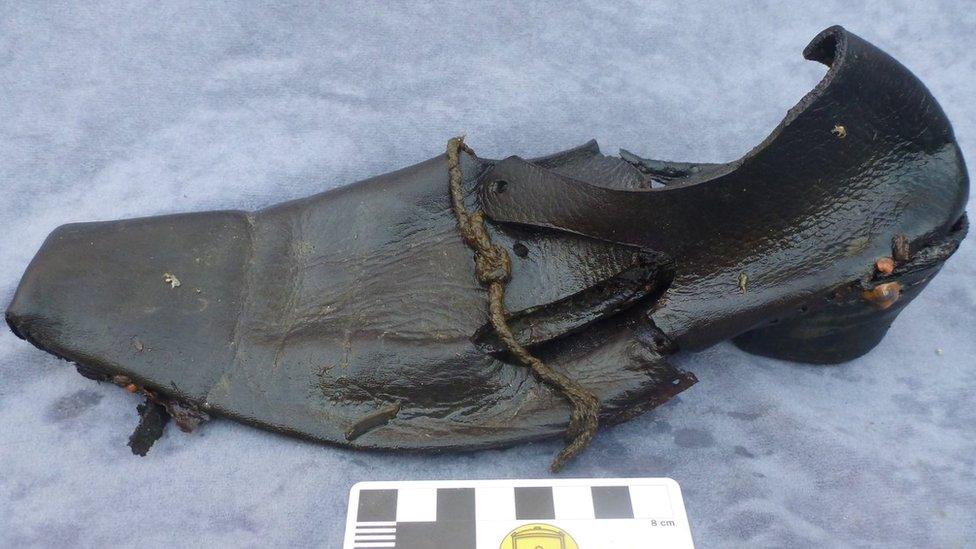
This leather shoe is one of the rare organic finds, preserved by the mud of the Thames, which have been recovered from the London
The London was a British naval ship carrying about 70 guns and more than 300 crew.
It blew up on its way to fight in the Second Anglo-Dutch War (1665-67), while moored in the Thames Estuary off Southend-on-Sea, killing the crew.
The diarist Samuel Pepys recorded her loss on 8 March 1665.
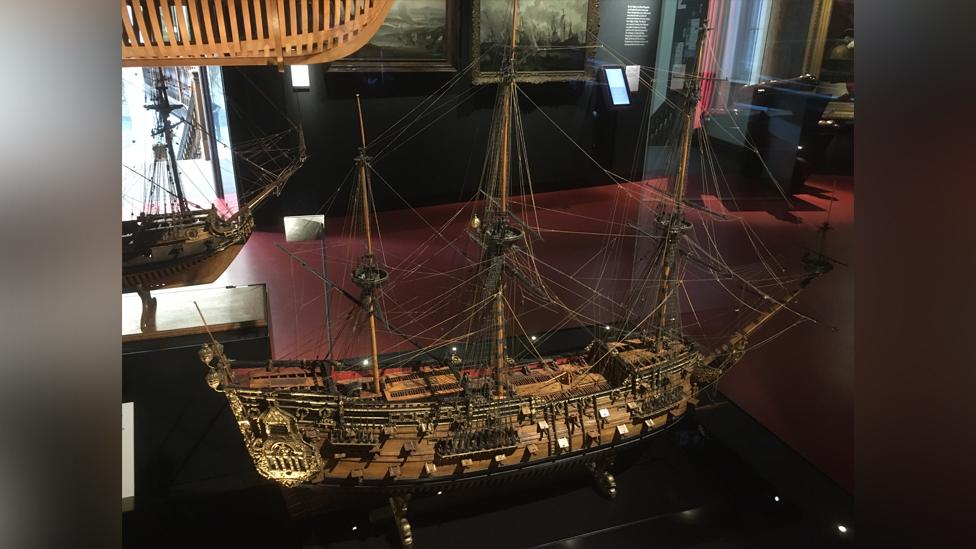
The London was built by Parliament during the 1650s. It would have looked like a slightly smaller version of the Naseby. A model of the Naseby is pictured here at the National Maritime Museum
The wreck was rediscovered in 2005, external and items recovered include a leather shoe, an intact sundial and brass cannon.
Mr Beattie-Edwards said £200,000 a year was needed to help preserve the shipwreck, but so far less than £10,000 had been pledged, external.
The project receives no public money.
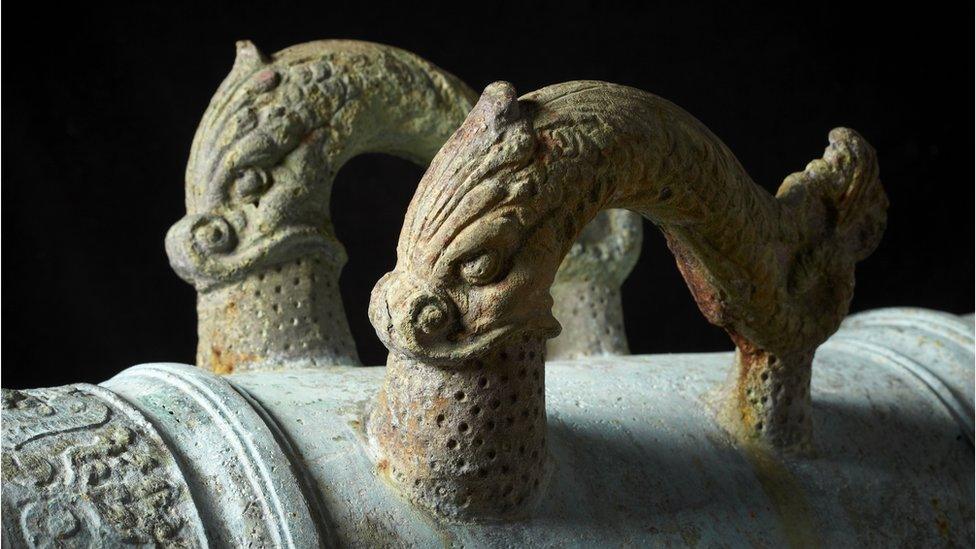
This cannon recovered from the London was originally made in Holland in 1616
Mr Beattie-Edwards said it deserves to be preserved as the "last resting place of about 300 sailors - and family visiting them before they went off to war".
"It also has rare organic finds that reveal the every day life of ordinary people, which don't usually survive - and was built for Oliver Cromwell, making it one of only two wreck survivors built for Parliament," he added.
The "dream" is for the ship and its artefacts to be housed in a permanent museum in Southend.

Find BBC News: East of England on Facebook, external, Instagram, external and Twitter, external. If you have a story suggestion email eastofenglandnews@bbc.co.uk, external
- Published16 September 2018
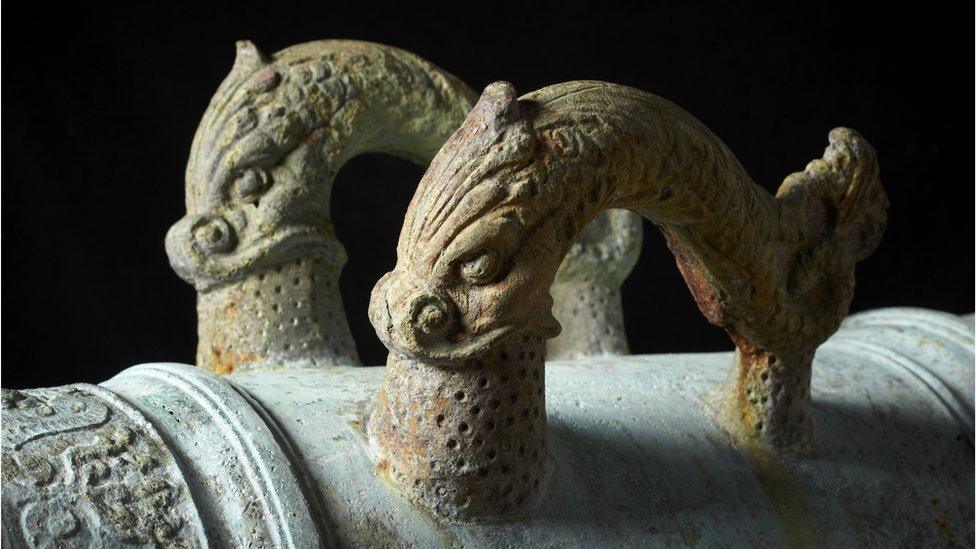
- Published6 August 2016
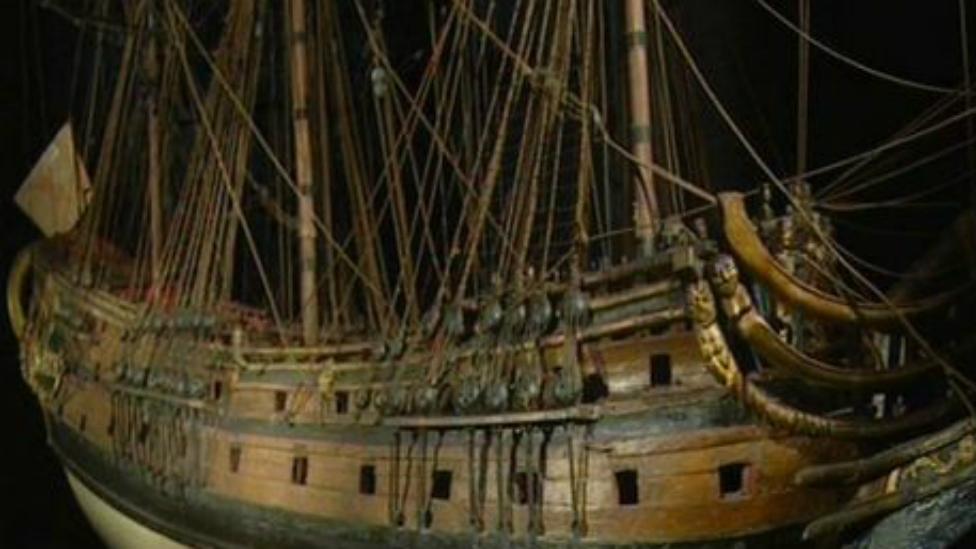
- Published12 August 2015
